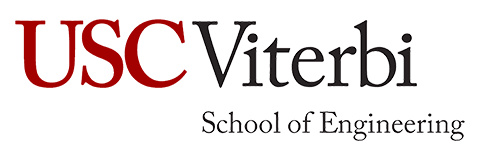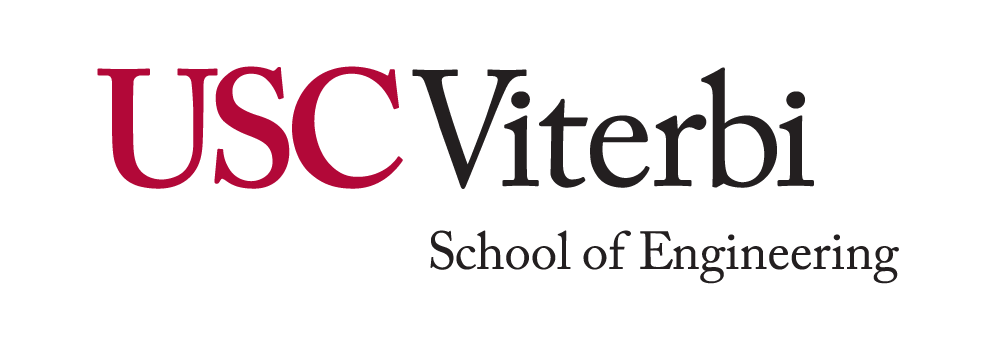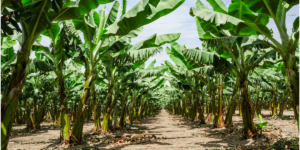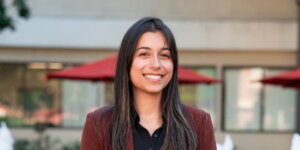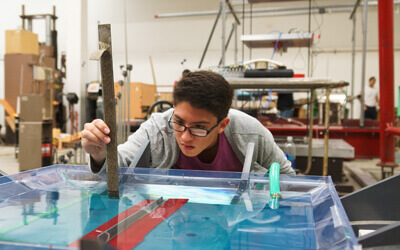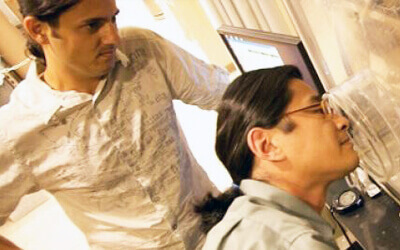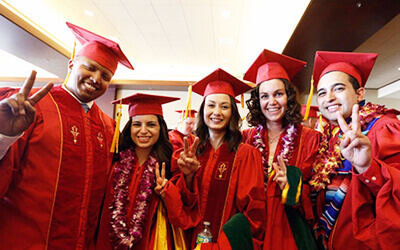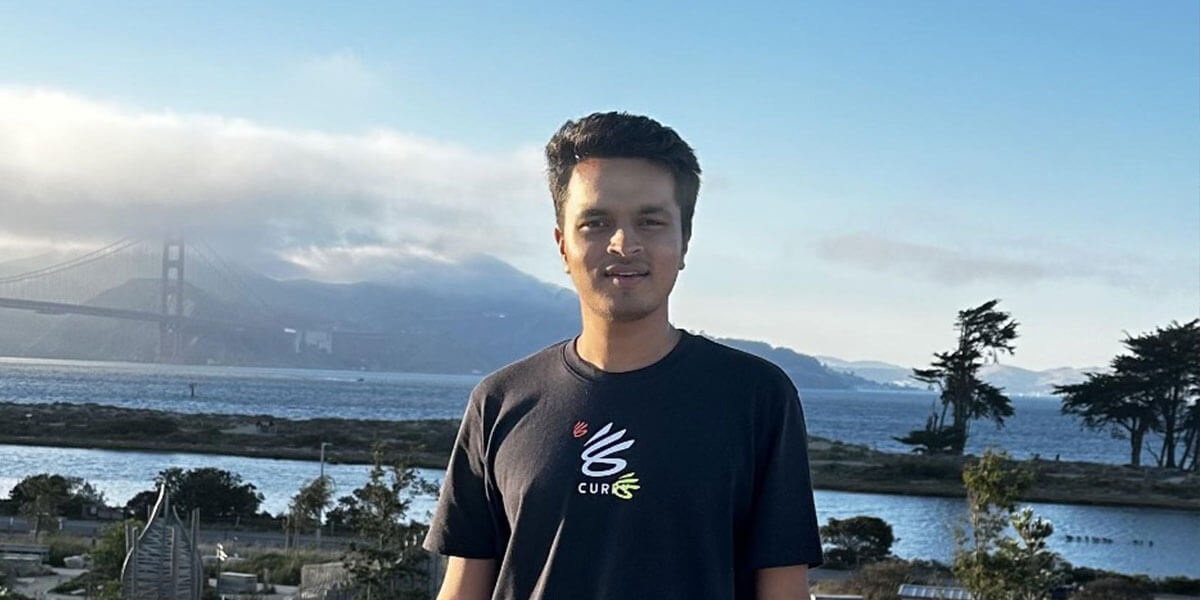
Aadish Panchmia (MS ’25)
What inspired you to study engineering at USC?
A few years ago, I read a climate report that had a profound impact upon me. It mentioned that my home city, Mumbai, would be underwater within a few decades because of increasing sea levels. The issue of climate change wasn’t about statistics anymore; it became personal, affecting my city, my family and the life we’ve built there. It was then that I realized I wanted to become part of the solution. Pursuing engineering felt like the most tangible and hands-on approach to truly making an impact.
That’s what led me to USC and to studying green technologies at the Sonny Astani Department of Civil & Environmental Engineering. I was attracted to the academic rigor and to the fact that USC is linked to climate action in California and globally. I recognized that USC is a place where you can learn in classrooms and through on-the-ground sustainability work and research.
As you approach commencement, what do you consider to be some of your most significant academic achievements?
I had the chance to work on some fascinating projects – from doing environmental impact assessments, to helping compare clean energy storage systems and even passing the LEED GA exam. Researching carbon capture and hydrogen production in the lab was a huge learning curve, but it pushed me in the best way. I’m really grateful for the range of opportunities USC gave me. The classes, the people, the support – these all helped me grow more than I expected.
Tell us about the research you have been working on?
Working in the Sustainable Lab at USC with Professor Kandis Leslie Abdul-Aziz has truly been one of the most enriching experiences of my time here. Our work is on carbon capture and green hydrogen, both extremely crucial pieces of the clean energy puzzle. What made it so special for me wasn’t necessarily the science, but how real everything felt. I was no longer just learning about climate change in school – I was doing work that, in some small part, felt like it could be part of something bigger than me. I wasn’t certain at first if I’d be able to manage it, but once I became comfortable with conducting experiments and reading data, I came to really enjoy the process. It taught me patience, how to pose more meaningful questions, and that good work isn’t glamorous all the time – it’s diligent, thoughtful and a collaboration.
Are there any extracurricular activities or organizations you have been part of during your studies?
One of the most meaningful experiences I’ve had at USC has been joining Engineers Without Borders. Back in undergrad in Mumbai, I tried to start a chapter at my university, but COVID brought those plans to a halt – so finally being able to join EWB here felt like picking up something I had to leave unfinished. I became part of the Uganda Project team, where we’re working to improve a rural medical clinic that serves nearly 7000 people. One of our key goals is redesigning the waiting area so patients aren’t left exposed to harsh sun or rain. It’s been incredibly rewarding to use the skills I’ve gained in class on something that has real impact – and to know that, in a small way, I’m helping improve a place people rely on for care.
Did you take on any internship during your master’s program?
One of the most valuable parts of my time at USC has involved applying what I’ve learned in the real world, especially during my internship at Scout Clean Energy, where I got to work on real solar and wind projects. There was a particular project that stayed with me when it came to a blade recycling program. Wind turbine blades generally go to the landfill, but I was able to help get a working solution in place to keep them out, working with vendors who can recycle or repurpose them. It was that type of experience where the work felt real and worthwhile. I didn’t feel like “just an intern” – I felt like I was helping make a difference.
Based on what you know now, what advice do you have for other students?
Don’t be afraid to explore and try new things. USC has so many incredible opportunities, but it’s up to you to step out of your comfort zone and see what clicks. Some things you’ll love, others maybe not so much – and that’s okay. The important thing is to stay curious, be honest with yourself, and trust that you’re figuring it out as you go. Everyone’s path looks a little different, so don’t get caught up in comparisons. Believe in yourself, even when things feel uncertain – it’s all part of figuring things out.
What is your next step after graduating?
After I graduate, I’m hoping to stay in the renewable energy sector where I can be involved in real projects and continue to learn how it all comes together, from the planning phase to sustainability. I’ve enjoyed working on teams that are trying to work out real world, on-the-ground solutions, and I’d like to do more of it. Long term? I would love to be in a role where I can help rethink how renewable projects are built – not just to generate clean energy, but to make sure they’re environmentally friendly from start to finish. It’s a lofty goal, but I think that kind of thinking is going to become more and more necessary as the industry grows.
Published on May 12th, 2025
Last updated on May 12th, 2025
